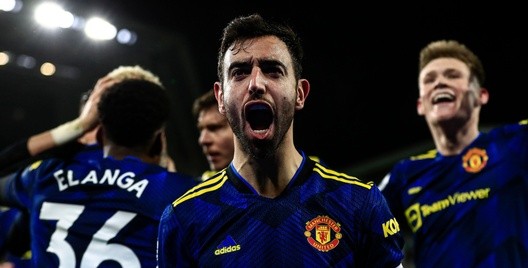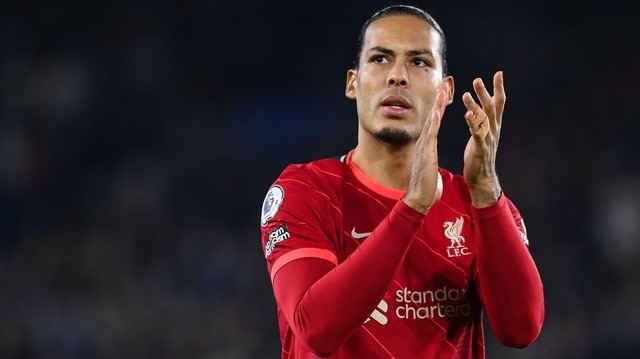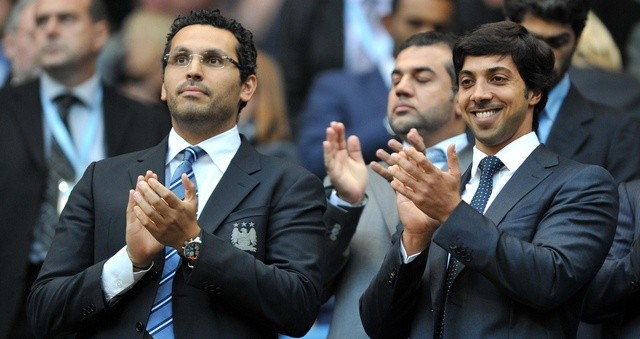The winter transfer window – does spending big translate to more points short-term?

Alamy
Having passed the halfway mark of the current transfer window, FC Barcelona's signing of Ferran Torres' stands as the biggest transfer so far, with the returns of Trippier and Coutinho to the Premier League as other big-name deals.
Whether a club is battling to avoid relegation, qualifying for European football, or chasing trophies, the winter transfer window is often considered a great opportunity for teams to gain a decisive edge before the final half of the season.
But the question is - does going big in the winter transfer window translate to improved performance on the pitch?
Using league and transfer data since the 2015/16 season for the big-five European leagues as well as the Championship, Off The Pitch has analysed the short-term effect of the winter transfer window.
21 January 2022 - 1:24 PM
We all remember the big signings having an immediate on-the-pitch impact.
In the 2019/20 season, Manchester United rose from a disappointing 8th place after 19 matches to a Champions League-granting 3rd place at the end of the season. A big reason for the turnaround was the €63 million transfer of Bruno Fernandes.
So, looking at individual cases, you don’t have to go far to find examples of clubs who have performed much better after an active winter transfer window.
However, what if we analysed it on a bigger scale to answer the question: Does spending in the January transfer window lead to better performance? That is the focus of this analysis, examining the winter transfer windows of all clubs from the big-five leagues and the Championship from the 2015/16 season onwards.
The figure below plots clubs' winter transfer spending against their change in performance from the first to the second half of the season. This change in performance is measured by how many points a club obtained in the second half of the season, compared to the number of points they obtained in the first half of the season.
The clubs have been clustered to make interpretation easier. The dark blue cluster represents the big spenders, who have paid more than €50 million in a winter transfer window.
Exactly half of these clubs improved their performance, with Napoli in the 2019/20 season being the prime example as the dark blue point furthest to the right. In that season, the Italian club got 14 more points in the latter half of the season than in the former half, following a transfer window where they spent €64 million.
But the other half of the big-spending clubs experienced a decline in performance, indicating that spending a lot on transfers in the January window does not necessarily lead to more points in the rest of the season.
The same is the case for the medium-spending (yellow) and low-spending (light blue) clubs, which also display both positive and negative changes in performance, regardless of the level of transfer spending.

Analysis: Another slow transfer-window looks likely – although a few outliers may break the silence
5 January 2022 - 4:00 PM
In the 2020/21 season, Mainz 05 experienced the greatest improvement of all. Having only seven points and facing relegation at Christmas, the German club finished 12th with 39 points by the end of the season, resulting in a positive change in points of the order of 25.
This impressive development happened despite Mainz not spending anything on transfers, but just bringing in three players on loan. The huge change in performance was instead the result of bringing in Danish Bo Svensson as new head coach.
Buyers and sellers
Overall, it can be concluded that spending a lot in the winter transfer window is far from a guarantee of better performance and more points.
The reason could be that the purchases made in the January window are often aimed at solving short-term problems, meaning they are not as well thought through and so do not always have the desired positive effect.
Managers and directors of football should keep this in mind before trying to buy their way to better performance in January, and the slow transfer window happening at the moment might be a sign that clubs are starting to realise this, in combination with the tight cash situation at many clubs due to the pandemic.
But who are the buyers and sellers? At the end of this analysis, it would be interesting to identify which type of club tends to buy or sell more in the winter transfer window.
To do that, the clubs’ league place halfway through the season is plotted against the clubs’ net spending, computed as transfer spending less transfer income. Again, the clubs are clustered, this time according to their league place.
In each cluster, the points are spread evenly on both sides of zero, meaning there is no apparent pattern that teams at either end of the table are inclined to buy or sell more.
There does appear to be a tendency for the clubs at the top of the league (dark blue) to have a wider spread compared to the clubs in the bottom of the league (black), though.
This reflects the obvious fact that top clubs generally have more purchasing power and own more expensive players to sell, whereas the opposite is the case for lower-ranking clubs.
